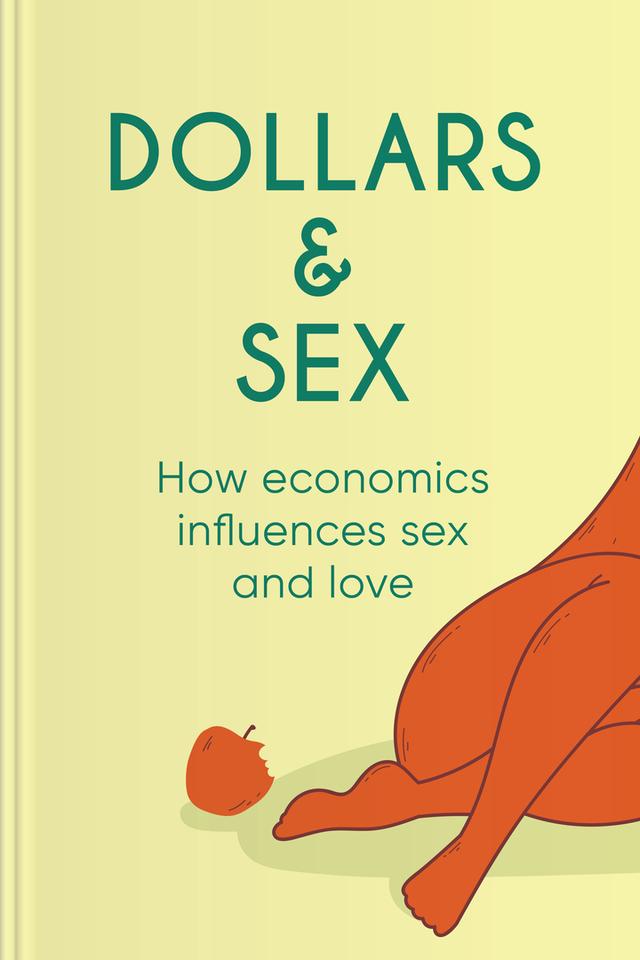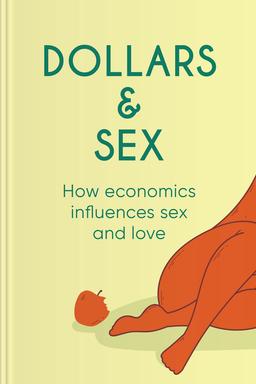You’ll learn
- How economic principles shape sexual behaviors
- Tips for better dating strategies
- How market rules apply to finding love
- What is the link between money and happiness in marriage
russia has launched a full-scale war in Ukraine. Donate to support Ukraine and protect the world’s peace.

first KEY POINT
In the form of effective contraceptives, technological advanceshave stunned the cost–benefit analysis of sex. Millions of women and men think daily about having noncommittal sex because we now have the power to do so with little to no consequences. In the past, people had a fear of unwanted pregnancies and STDs to consider before having sex. But not anymore.
Let’s talk about birth control technology. Since women can control their fertility, most have concluded that the benefits of premarital sex outweigh the costs. It is now safer to have sex with less risk of pregnancy. Ages ago, a woman knew that if she had an illegitimate child, her chances of marrying a man with a good income became very slim. But even with advances in contraceptive technology, the number of unwanted pregnancies keeps increasing. But this doesn’t mean sex tech is not important; it simply means that it spurred social change leading to a rise in promiscuity.Does promiscuity have any benefits? Sex makes people happy, so you would think people with more sexual partners would be happier. But that’s far from accurate. Research shows the more sexual partners you have, the less happy you will be. The economic approach to explaining human sexuality enables us to understand why we went through the liberalization of sexual values in the twentieth century and how the ever–widening gaps in incomes between the poor and the rich have led to increasing unintended pregnancies in impoverished communities. The remaining chapters of this summary are all about exploring these points.
second KEY POINT
Contrary to common belief, university students have less sex on average than their counterparts who aren’t studying. Let’s look at the fate of most students on campus. On Thursday nights, students are binge drinking at a bar off–campus. Most women will go to this bar just to have a good time with their friends, while others go there and use their drunken state to hook up with any willing guy. Only a few go there to enjoy male attention while seeking a relationship, but this proves impossible since most men won’t want to be with a woman who doesn’t give up the cookie within a few hours after they meet.Another popular misconception is that men like sex more than women. The truth is that men prefer having several sexual partners; meanwhile, women prefer being assured that sex is not a one–off experience. In one study, researchers asked people how many sexual partners they would like to have over the next two years. Women on average preferred just one partner, while men wanted eight sexual partners on average.

Continue reading with Headway app
Continue readingfirst KEY POINT
second KEY POINT
third KEY POINT
fourth KEY POINT
fifth KEY POINT
sixth KEY POINT